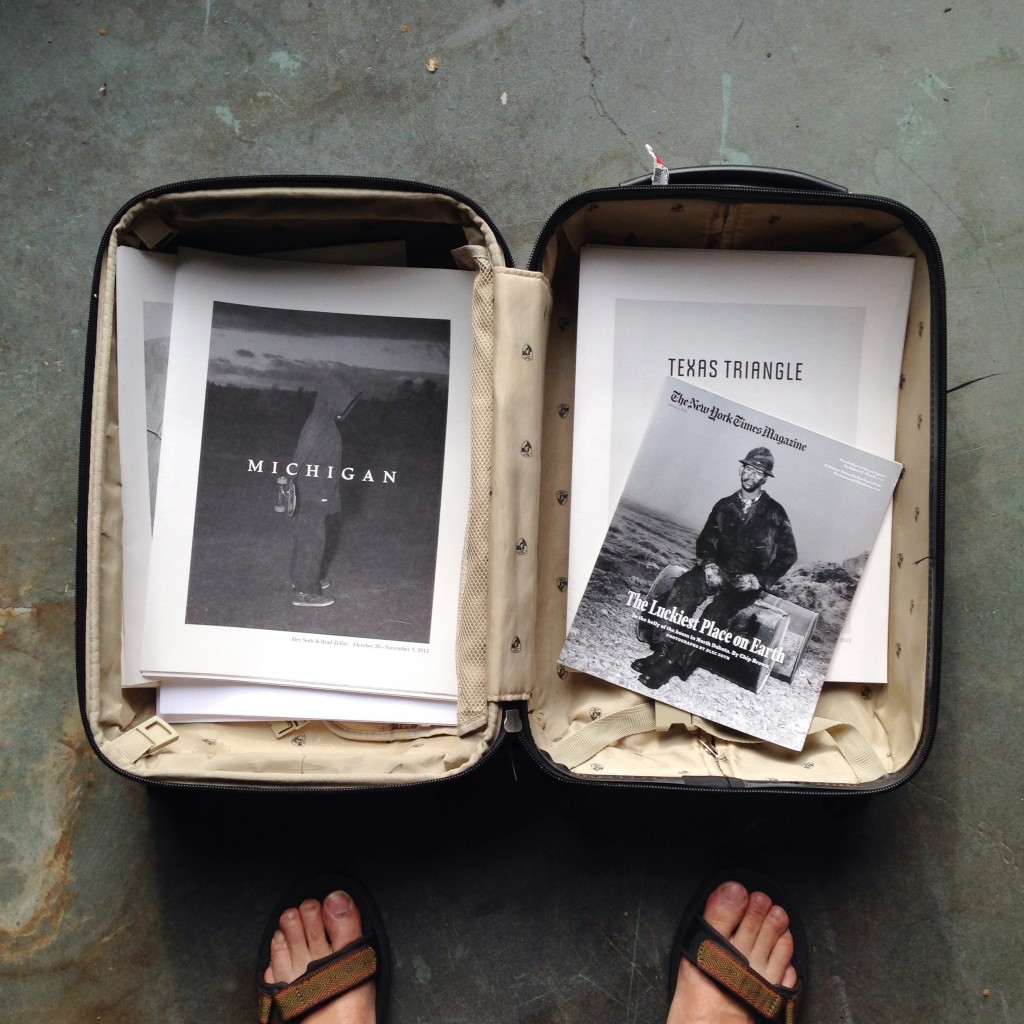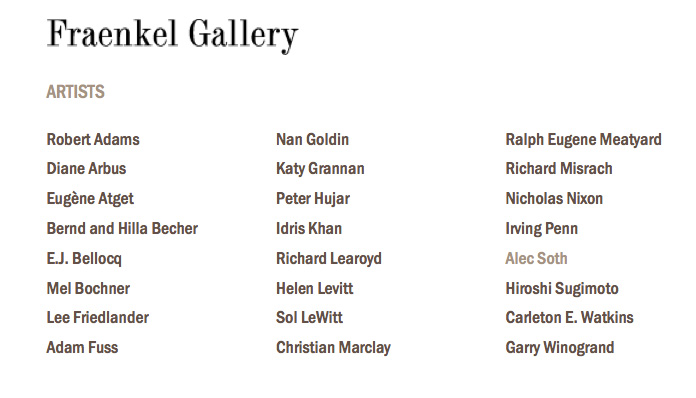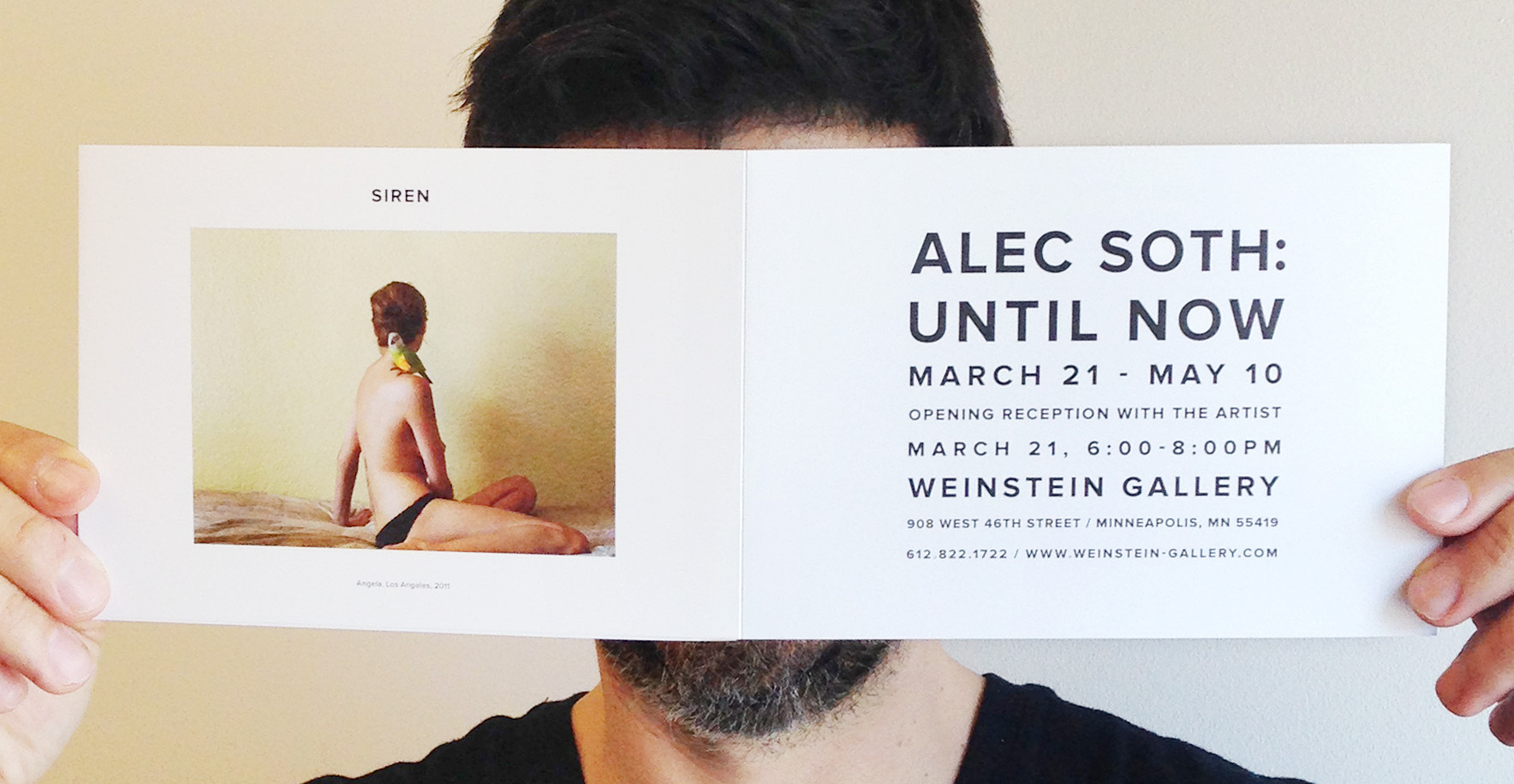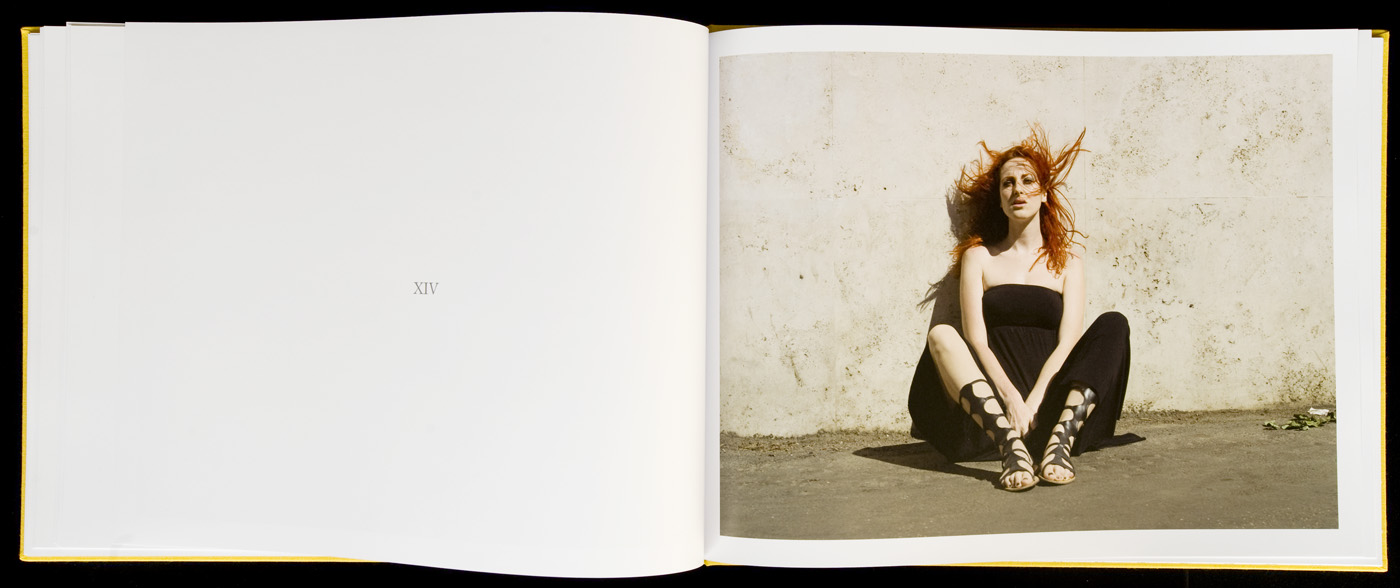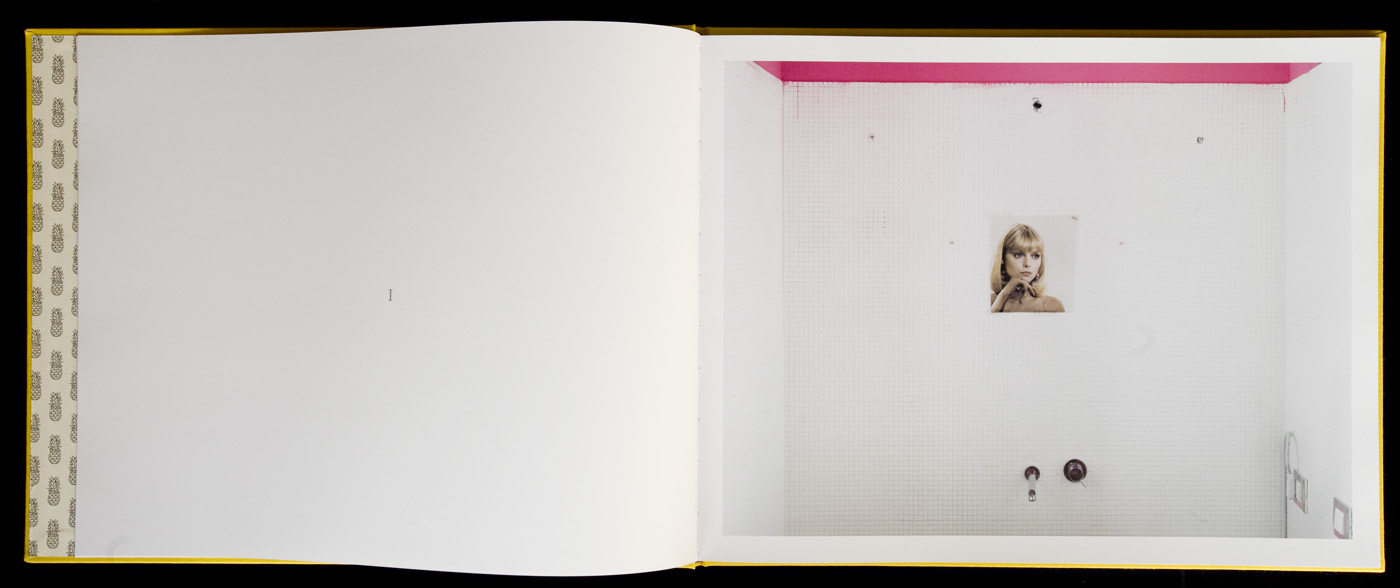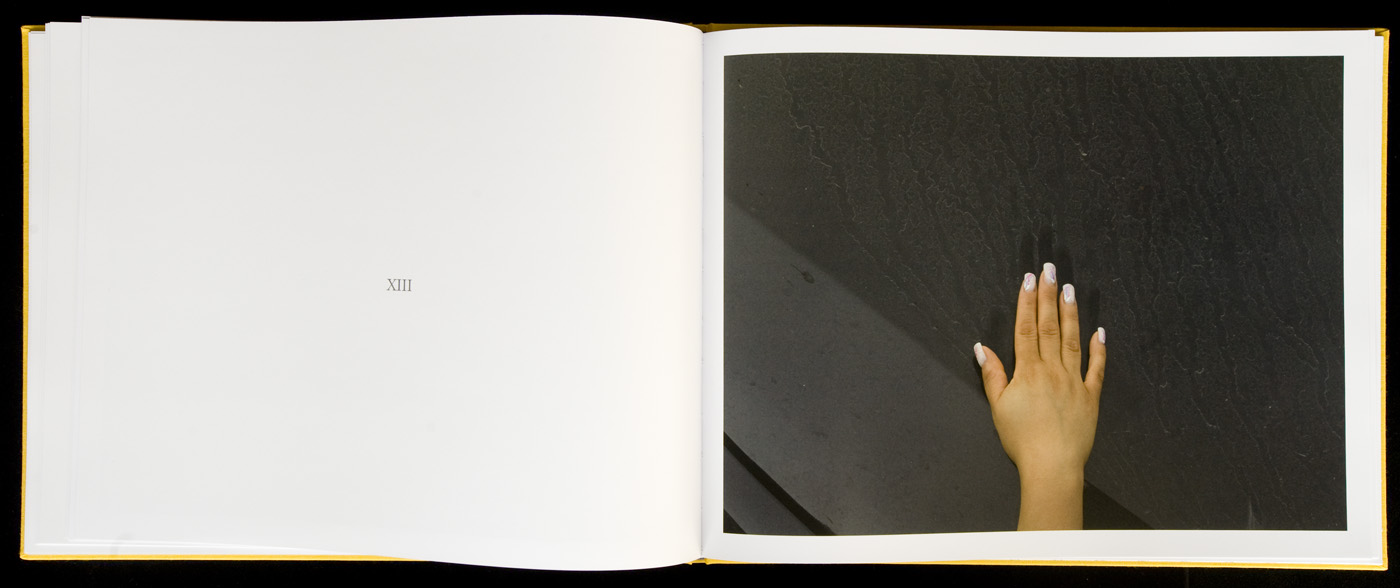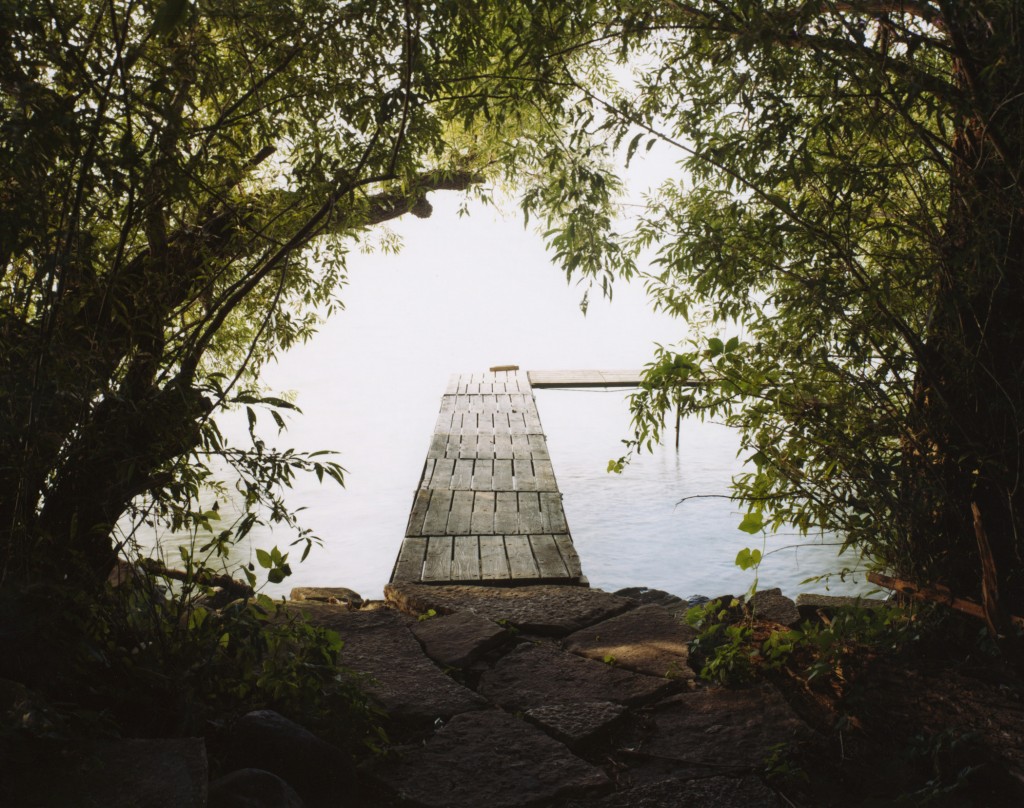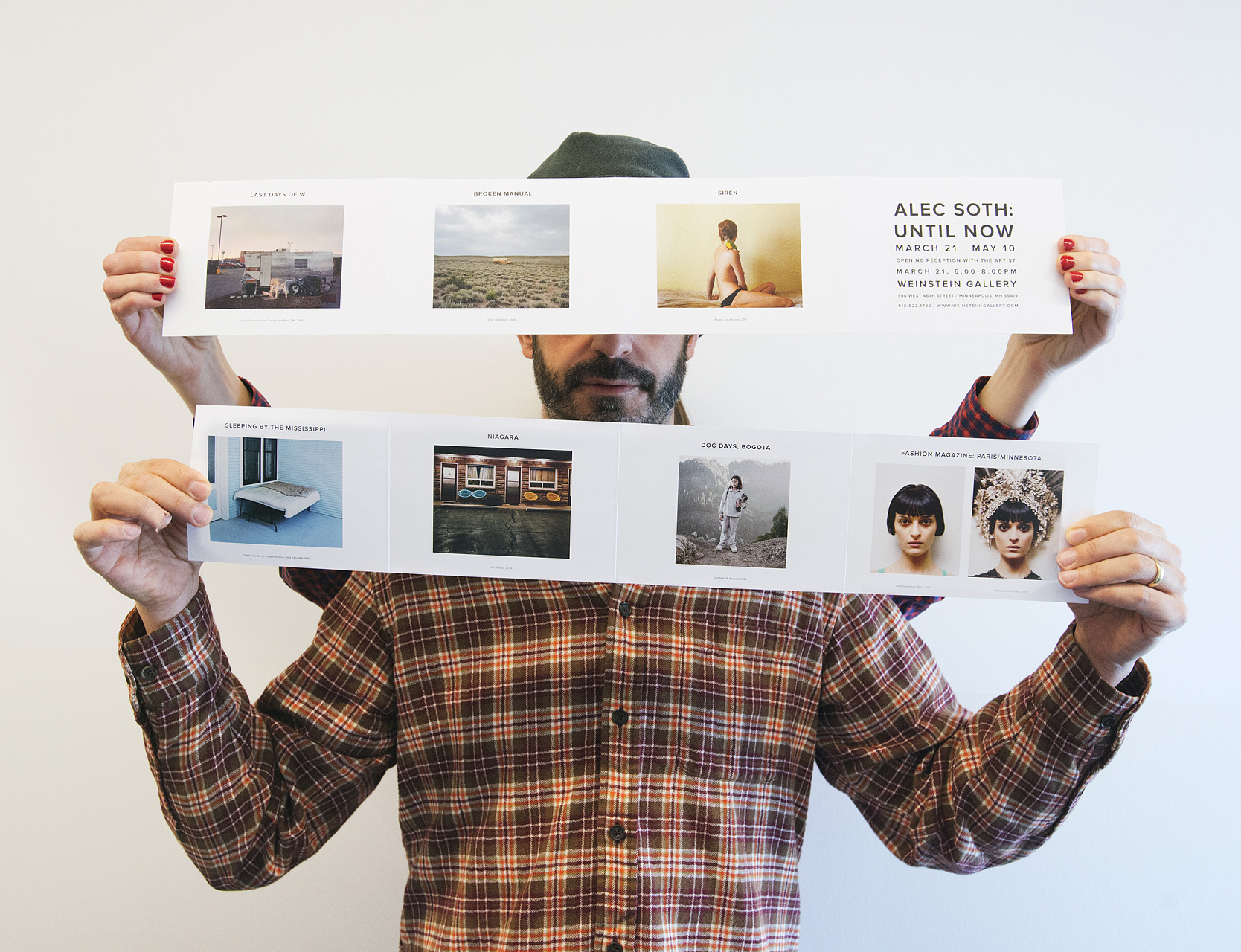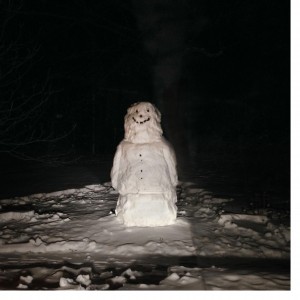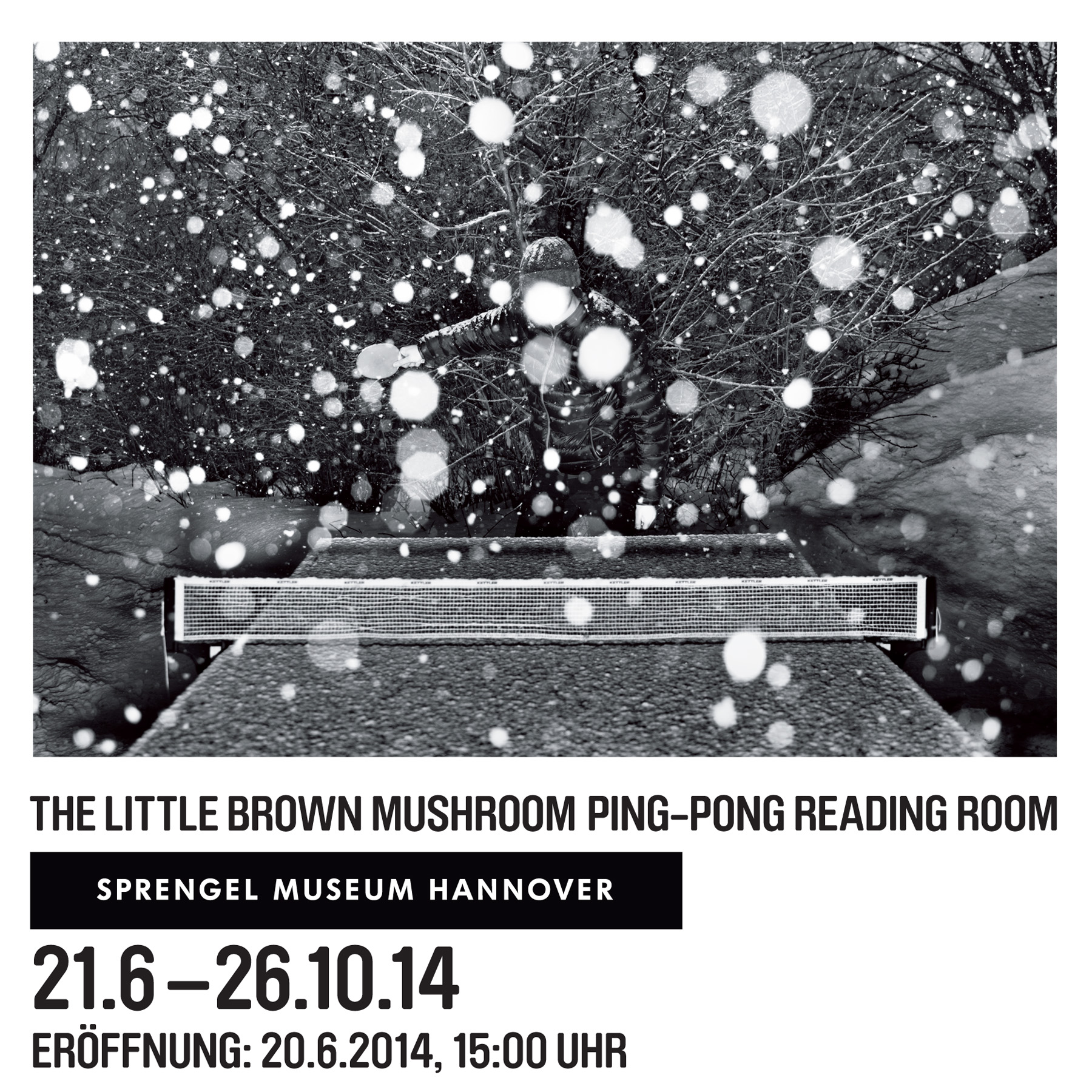
I’m excited to be attending the LBM events in Germany this week. On Friday June 20th, join me for the opening of the LBM Ping Pong Reading Room at the Sprengel Musuem in Hannover. Along with books and ping pong, there will be artwork by Jason Polan, Anouk Kruithof, David Goldes and myself. The opening is on Friday 3pm. There will also be a Ping Pong Tournament at the museum on Saturday the 21st at 10:30am.
Finally, at 2pm on Sunday the 22nd I’ll be giving a lecture at Freundeskreis des Hauses der Photographie in Hamburg.
———-
SPRENGEL MUSEUM HANNOVER
Museumsplatz
Alec Soth & Friends
THE LITTLE BROWN MUSHROOM
PING-PONG READING ROOM
David Goldes, Anouk Kruithof, Jason Polan und Alec Soth
21. Juni bis 26. Oktober 2014
Eröffnung am Freitag, dem 20. Juni 2014, 15.00 Uhr
Der Amerikaner Alec Soth (*1969) zählt zu den einflussreichsten Fotografen seiner Generation. Seine um-fangreichen, mittels Großformatkamera entstehenden Bildserien über den amerikanischen Mittleren Westen haben die Selbstwahrnehmung der USA vor allem in den 2010er-Jahren wesentlich geprägt.
Aufgewachsen in Minnesota gelangte Soth über eine Auseinandersetzung mit Land Art, Malerei und einem Studium am Sarah Lawrence College, Yonkers, New York, unter anderem bei Joel Sternfeld, zur Fotografie. Seine frühe Schwarz-Weiß-Arbeit LOOKING FOR LOVE (1996) gibt ein berührendes Porträt des Alltags in der amerikanischen Provinz. Auch beeinflusst von den häufig an die Erfahrung des Reisens gebundenen Filmen des deutschen Regisseurs Wim Wenders begab sich Alec Soth in den folgenden Jahren immer wieder auf die Suche nach der Gegenwart der amerikanischen Gründungsmythen: Die Landschaften in seinen Bildern sind weit und erhaben. Ihre Bewohner sind eigenwillige Individualisten, die sich behaupten, wo immer sie sind.
In BROKEN MANUEL (2006-2010) führt dies letztendlich zu einer Auseinandersetzung mit Menschen, die, aus welchen Gründen auch immer, ein Leben fern der Zivilisation zu führen beschlossen haben: Der amerikanische Traum hat seine bindende, Gemeinschaft stiftende Kraft verloren.
Die besondere Bedeutung Alec Soths für die Fotografie der vergangenen 15 Jahre begründet sich allerdings nicht allein auf dieser Art fotografischer Forschungsarbeit und seiner Mitgliedschaft in der renommierten Bildagentur Magnum: Der von ihm betriebene Blog LITTLE BROWN MUSHROOM und die gleichnamige Publikations- und Vertriebsplattform gelten als exemplarisch für ein erweitertes Verständnis der Fotografie als Mittel kommunikativen Handelns im Zeitalter des Internets. Sie dienen Alec Soth zudem als eine Art Gegengewicht zu seinem Interesse an eremitischen Existenzen und der von ihm häufig als „beautiful loneliness in voyeurism“ thematisierten Einsamkeit des fotografischen Aktes.
Einem solchen kommunikativen, zur Teilhabe einladenden Ansatz folgt The little brown mush-room ping pong reading room, den Alec Soth für das Sprengel Museum Hannover kuratiert. In Zusammenarbeit mit Künstlerfreunden richtet er auf dem Museumsplatz einen Ort ein, der unterschiedlichste Angebote vereint: Eine Tischtennisplatte lädt zum spielerischen Miteinander – am Morgen nach der Eröffnung kann mit Alec Soth um den von ihm gestifteten Pokal gespielt werden. Derweil lässt die Künstlerfreundin Anouk Kruithof (*1981) Führungskräfte des höheren Managements ihr sportliches Können demonstrieren (PUSH-UP, 2013). David Goldes (*1977) imaginiert die tänzerische Balance eines Tischtennisballs über einem Luftstrom (GRAVITY VERSUS AIR STREAM, 2014). Jason Polan (*1982), seit Jahren und wohl noch Jahrzehnte damit beschäftigt, jeden einzelnen New Yorker zu zeichnen, steuert Tischtennisschläger bei. Eine kleine Bibliothek bietet ausgewählte Lektüre, bequeme Sitze gestatten das Verweilen.
Alec Soth selbst produzierte speziell für das Sprengel Museum Hannover eine Fotografie, die ein Tischtennismatch im nächtlichen Schneetreiben zeigt. Das große Format wird aus 64 einzelnen Blättern zusammen-gepinnt, liegt aber auch ‚gestapelt‘ zum Mitnehmen und Installieren an den eigenen Wänden bereit. Kleinformatige Reproduktionen historischer Fotografien wiederum erzählen von den möglichen Freuden und Komplikationen des Ping-Pong, von welligen Tischen, sportlich-schönen Männern und Frauen, Ping-Pong spielenden Tauben, u. a.
Eröffnung: 20. Juni 2014, 15.00 Uhr
Es begrüßen Dr. Reinhard Spieler, Direktor Sprengel Museum Hannover, und Dr. Sabine Schormann, Direktorin Niedersächsische Sparkassenstiftung. Inka Schube, Kuratorin, führt in das Projekt ein.
Im Anschluss spricht Alec Soth zu seiner Arbeit und signiert die anlässlich der Ausstellung erscheinende Bildpublikation:
ALEC SOTH, ST. PAUL, 2014, 64 Blätter à 24,1 x 33,7 cm zu 193 x 269,3 cm + Index, Duotone Offsetdruck, gestapelt in Folie verpackt, Auflage 500, Preis: 20,- Euro
Anlässlich der Eröffnung stehen Shuttlebusse von und zum LUMIX Festival für jungen Fotojournalismus bereit.
Abfahrt LUMIX → Sprengel Museum Hannover
20. Juni 2014, 14.15 Uhr, Auffahrt Expo-Plaza / Deutscher Pavillon
Abfahrt Sprengel Museum Hannover → LUMIX
20. Juni 2014, ca. 17.00 Uhr vor dem Sprengel Museum Hannover
LITTLE BROWN MUSHROOM PING-PONG-TURNIER: 21. Juni 2014, 10.30 Uhr
Alec Soth stiftet den Pokal. Die Teilnehmerzahl ist begrenzt. Um Anmeldung auf der zur Eröffnung der Ausstellung ausliegenden Liste bzw. unter der E-Mail-Adresse fotografie.smh@hannover-stadt.de wird gebeten.
BLUE BOX
20. Juni bis 5. Oktober 2014
SOMEWHERE TO DISAPPEAR
(Dokumentarfilm, 2010, 57 min)
Die Filmemacher Laure Flammarion und Arnaud Uyttenhove begleiten Alec Soth bei seiner Arbeit an BROKEN MANUEL.
Für seine Fotoserie BROKEN MANUAL reiste Alec Soth durch die USA, um Menschen zu fotografieren, die ein Leben fern der Zivilisation führen: in Höhlen, Hütten, Trailern und Hausbooten. 19.000 Meilen legen Laure Flammarion und Arnaud Uyttenhove zurück, um Alec Soth zu begleiten. „Das Projekt“, so schreiben sie, „wurde geboren in den letzten Monaten der Ära George W. Bush. Es beschreibt das Land in einer einzigartigen Periode eines historischen Wechsels, in dem sich die von der Finanzkrise hervorgerufene Not mit der Hoffnung auf den Wahlsieg Barack Obamas vermischt.“ Soth und somit auch das Filmteam trifft auf Menschen, die vereinsamt sind und dies schmerzhaft erfahren, und auf solche, die die Einsamkeit suchen, auf solche, die zutiefst von der amerikanischen Gesellschaft enttäuscht sind, und solche, die in ihr Leben mit und in der Natur als spirituell erfahren.









